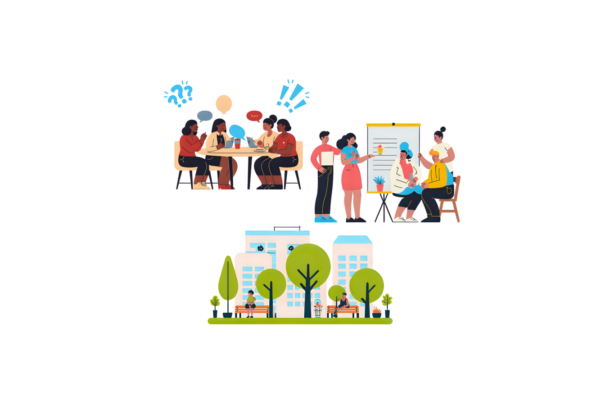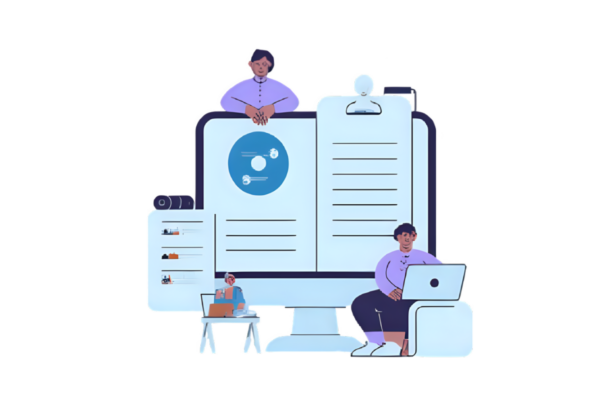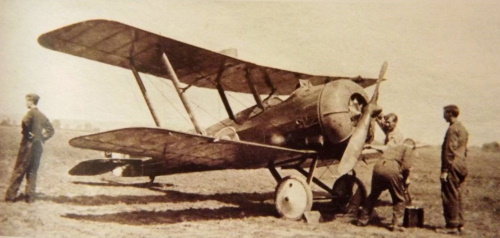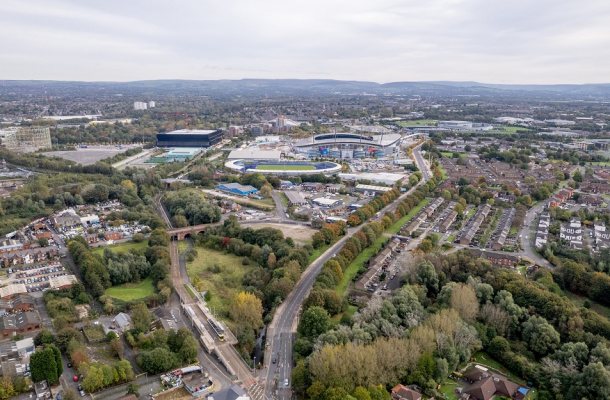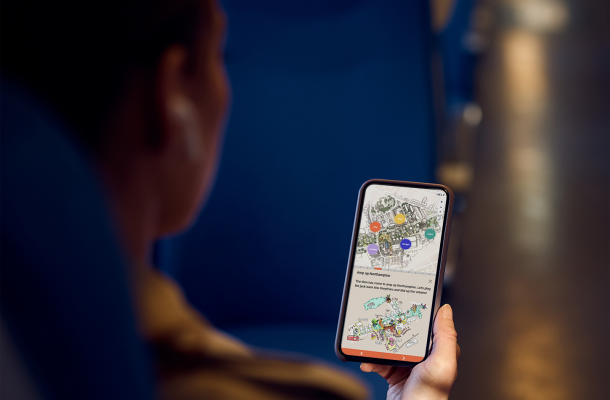What’s the difference between vernacular and a funicular?
Well, as it turns out, a lot! And that’s the problem with technical language.
Microphone in one hand, laser pointer in the other, and over 80 fellow industry professionals sat watching, eagerly listening, hoping to hear something remotely enlightening over lunch.
This is the situation I found myself in earlier this week when I started talking about a steep railway usually located on the side of cliffs, a “funicular”, over “vernacular”, the architectural term I was actually looking for.
But in some ways, that was precisely the issue I was there to talk about.
Like most professional services, the built environment industry has a habit of talking in a mixture of acronyms and language that most won’t understand, and that can leave those looking to digest change in their local area alienated from the process.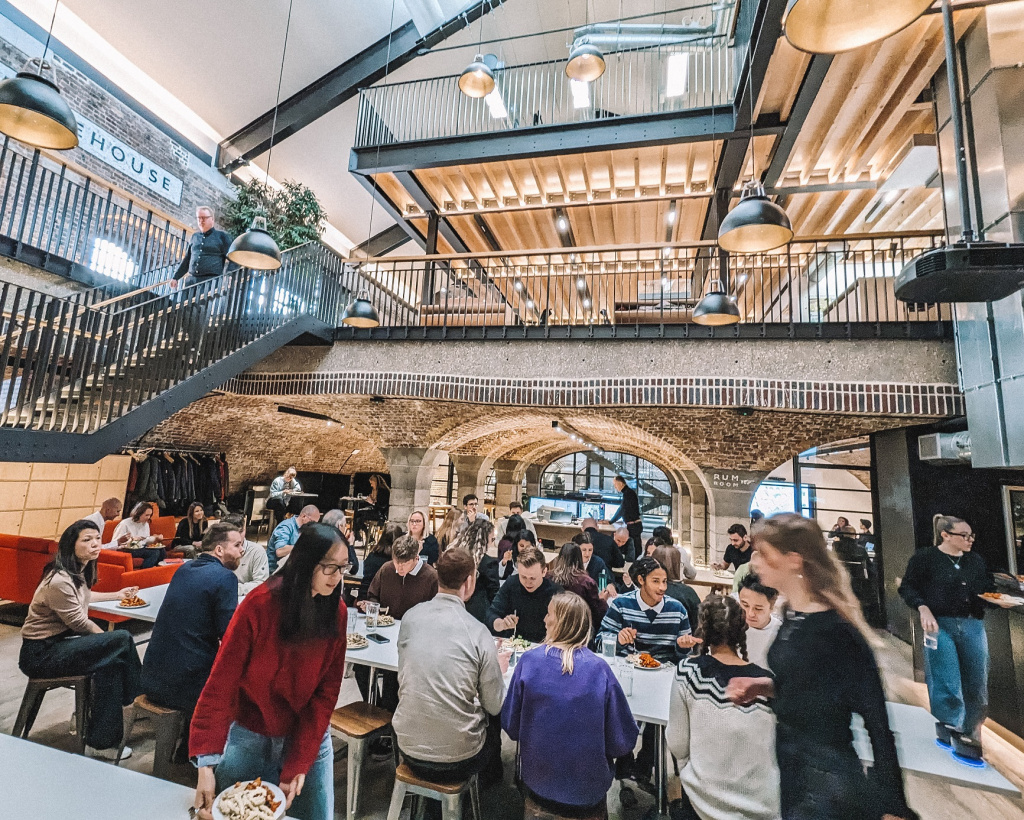
Ready to do things differently?
That’s the question I posed to these 80+ architects at JTP Studios as we discussed the common barriers, such as time, inclusivity, and accessibility, that most people face when trying to engage with the traditional development consultation process.
I talked them through the problems of just simply making a website, putting planning documents onto it, and hosting a ‘virtual exhibition’, essentially conducting a traditional consultation, just online. For the public, this is even harder to understand. They are often left with a dump of information that doesn’t display correctly, is hard to read, and doesn’t have a guide to take them through the bamboozling planning jargon. An actual step backwards from your traditional public consultation.
Deetu has looked at this situation and asked, “What if we tried it this way instead?”. Created from within BWB Consulting to address the need to challenge how the industry works, Deetu was formed to look at these problems and disrupt the status quo.
Our team has subsequently developed a leading approach to digitally-led engagement. It’s formed on a methodology of forming engaged communities and helping create informed places based on data-driven evidence.
Your Friendly Neighbourhood Translators
We have since translated some of the country’s most complex development proposals. Turning plans that take three years to produce into something the public can understand in three minutes!
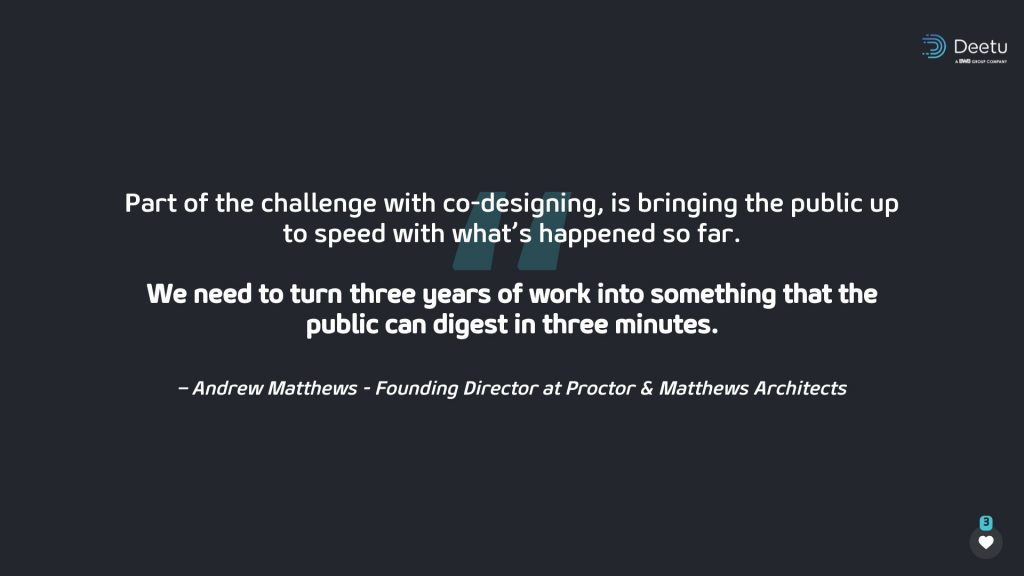
There are many things to consider when trying to explain complex development plans such as making sure you use clear and concise language without industry jargon (so you don’t confuse your vernacular with your funicular). You can read some of our thoughts on language here language choices in community engagement and consultations (deetu.com).
Despite my evident lack of knowledge in architectural terminology, this is a session I get genuine enjoyment from running. Asking industry colleagues to challenge how they communicate and how to get value for their clients through the engagement process.
All that’s left to say is thank you to the team at JTP for inviting me to talk. If anyone else would be interested in hearing this session then I promise next time to know the difference between my façades and fenestrations!

P.s. For anyone here looking for the definition of vernacular architecture, I would suggest looking at jargon.deetu.com – our ever growing glossary of tricky terms and buzzwords from the industry!
We use this on all our digitally led consultations for any terms we have no option but to include. Allowing people to get a human-readable definition of some of those pesky planning phrases.
